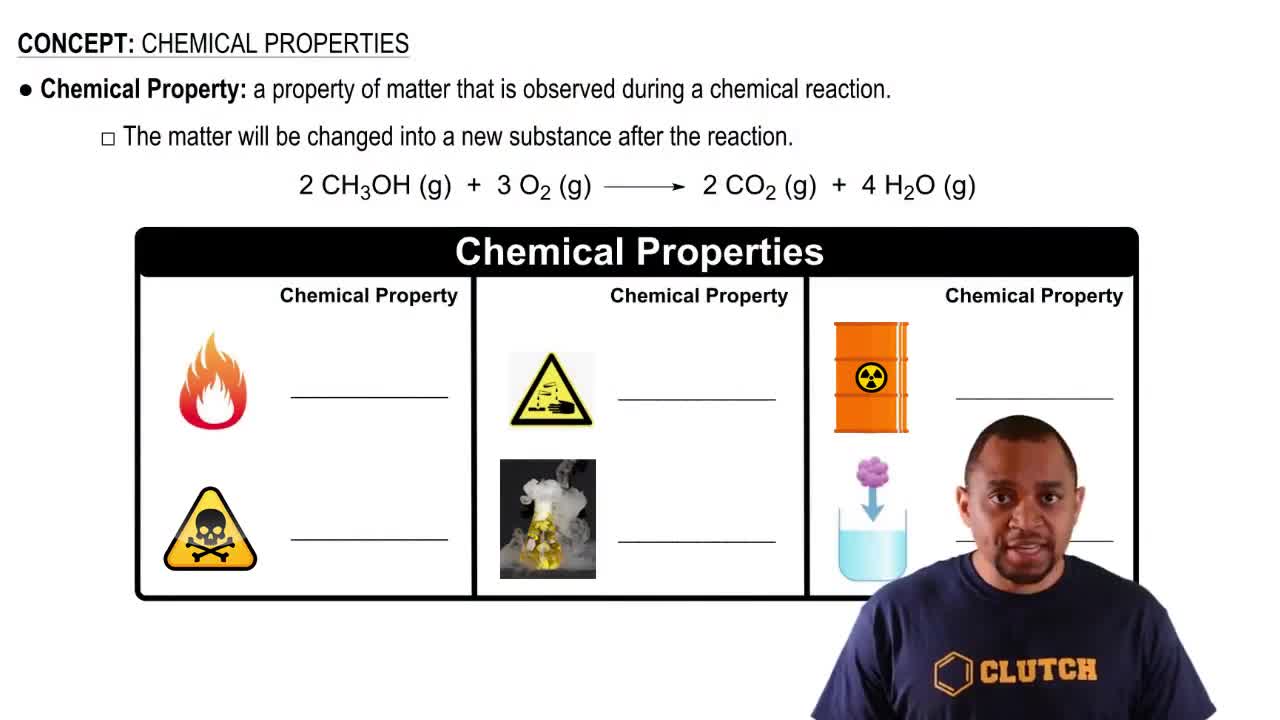Here are the essential concepts you must grasp in order to answer the question correctly.
Noble Gases
Noble gases are a group of chemical elements in Group 18 of the periodic table, known for their lack of reactivity due to having a full valence shell of electrons. This makes them stable and unlikely to form chemical bonds with other elements. The six common noble gases are helium, neon, argon, krypton, xenon, and radon.
Recommended video:
Noble Gas Compounds Example
Atomic Structure
The atomic structure of an element consists of protons, neutrons, and electrons. In noble gases, the complete outer electron shell contributes to their inertness. Understanding atomic structure helps explain why noble gases do not readily participate in chemical reactions, distinguishing them from other elements.
Recommended video:
Chemical Reactivity
Chemical reactivity refers to the tendency of an element to engage in chemical reactions. Noble gases exhibit very low reactivity due to their stable electron configuration, which means they do not easily gain, lose, or share electrons. This property is crucial for identifying noble gases and understanding their unique position in the periodic table.
Recommended video:
 Verified step by step guidance
Verified step by step guidance


